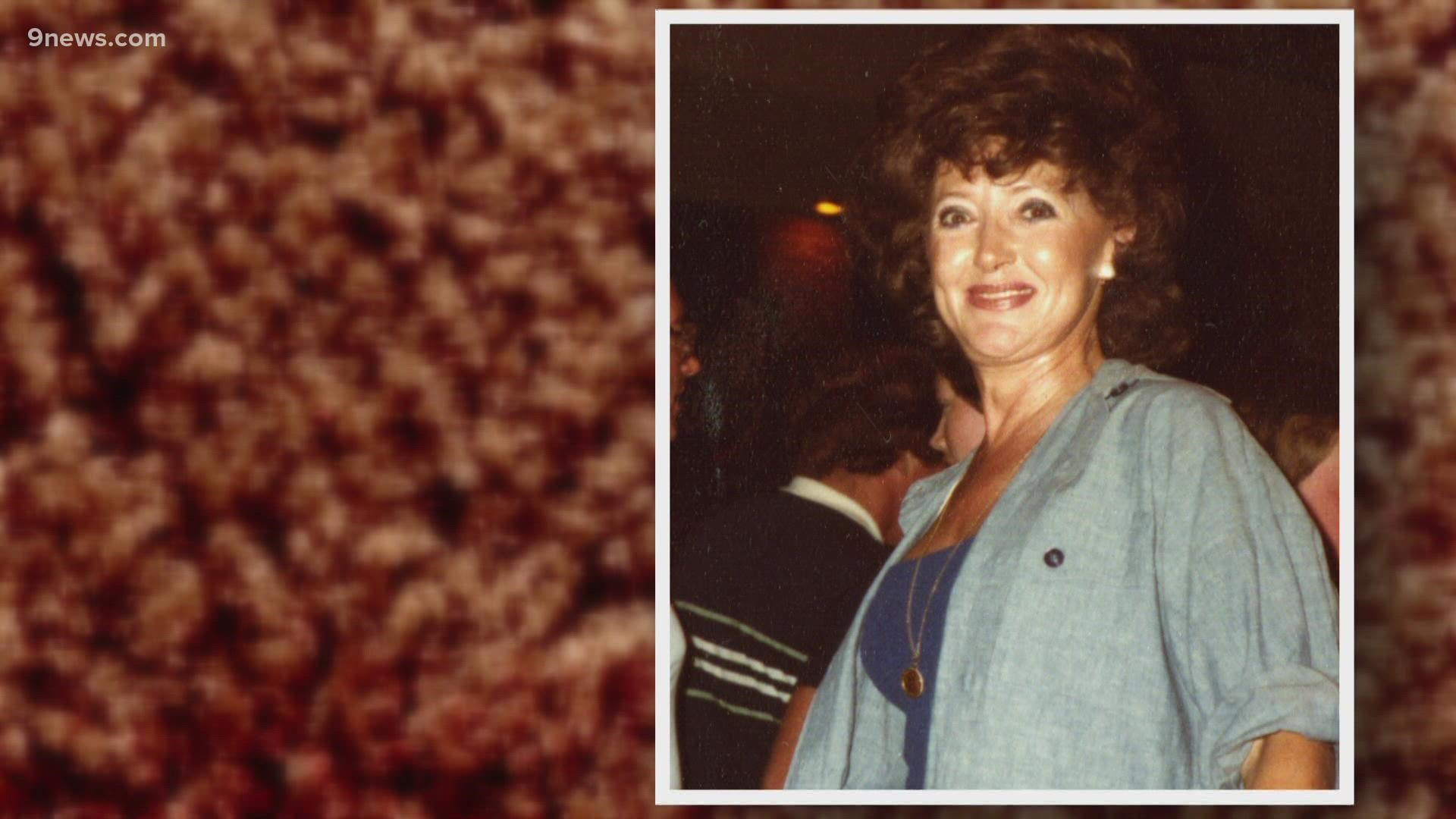LAKEWOOD, Colo. — Jurors who will decide the fate of a man accused of killing a Lakewood woman in January 1984 have heard extensive evidence about another attack tied to the same suspect – the murders of three members of the Bennett family that same month.
On Tuesday, the judge handling the current case wondered out loud whether it was too much.
Alex Christopher Ewing, 61, faces first-degree murder charges in the slaying of Patricia Smith, who was sexually assaulted and beaten to death with a hammer Jan. 10, 1984 in the condominium she was sharing with her daughter and grandchildren.
The Jefferson County jury hearing the case has also heard testimony from multiple witnesses about the Jan. 16, 1984, murders of Bruce and Debra Bennett and their 7-year-old daughter, Melissa, in Aurora.

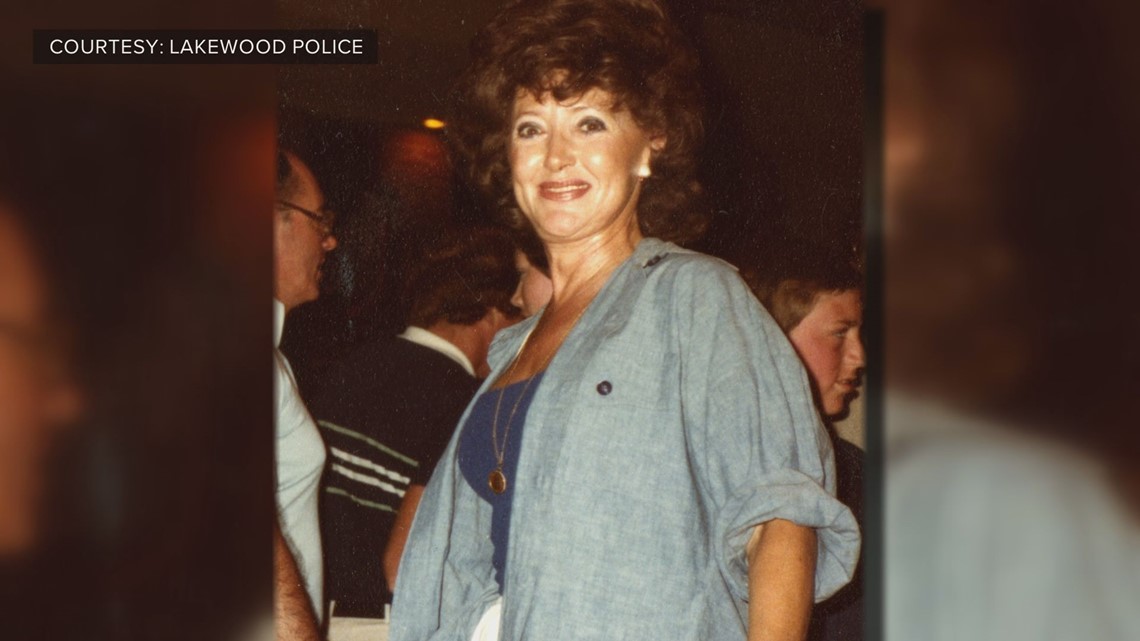
On Tuesday, District Judge Tamara Russell took steps to curtail evidence in the Bennett case that covered details the jury had already heard.
Russell refused to allow the admission of some photos in the Bennett case that she concluded were duplicative of others already in evidence. In others, she allowed the introduction of crime scene photos – including one of Bruce Bennett in death that she termed “pretty gruesome” – but did not allow them to be displayed on the screen in the courtroom.
The jury will have the ability to examine the pictures when they deliberate.

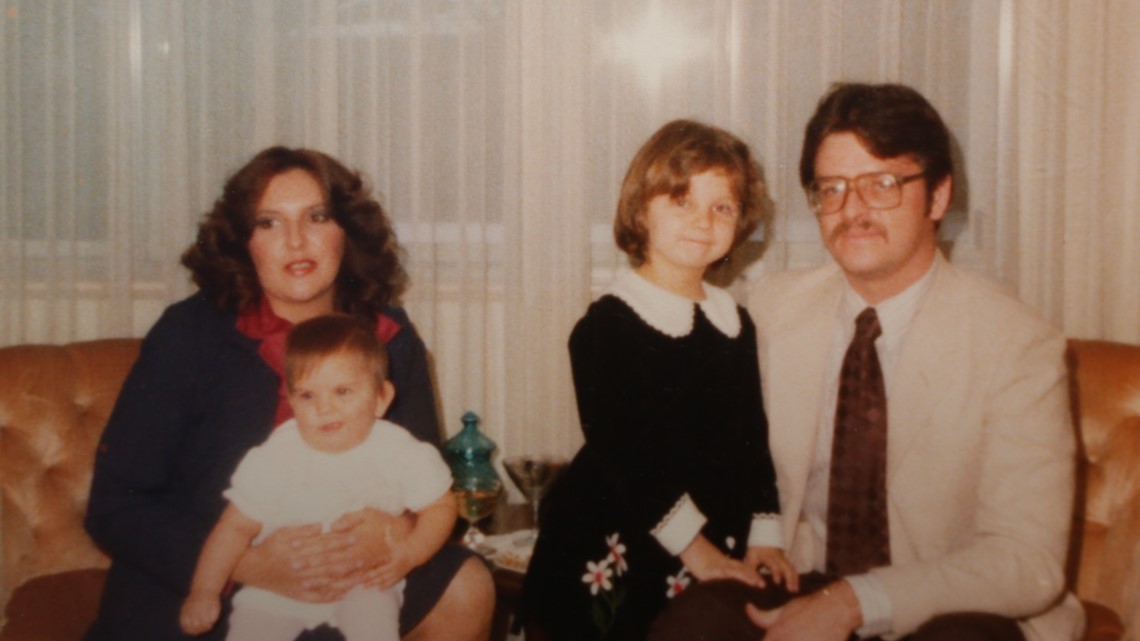
Russell spent about an hour with the jury out of the courtroom discussing the issues with prosecutors and defense attorneys – at one point wondering if the case could be successfully appealed if there was too much evidence from the Bennett slayings.
“I’m very concerned that we will be overturned if the main focus of the Patricia Smith case is the Bennett case,” Russell said. “I want to make certain that we are not trying to shock the jury with the Bennett photos.”
The move came after defense attorneys objected to testimony about the Bennett case from a former Aurora police officer.
Katherine Spengler, one of Ewing’s attorneys, told Russell that the various issues the officer could raise – including the injuries suffered by Melissa Bennett when she was sexually assaulted – “has probably already been covered in a way that is prejudicial to Mr. Ewing.”
In most cases, a jury is not told about other crimes tied to a defendant.
There is an exception, however, under which judges can allow evidence of a different case when there are significant similarities. In the Smith case, Russell ruled that jurors could consider evidence from the Bennett murders for the purposes of identification, modus operandi or common plan.
The jury wasn’t told that Ewing was convicted of the Bennett murders last summer and sentenced to three consecutive life terms. But they’ve heard testimony about similarities in the attacks and about the fact that Ewing’s DNA was extracted from semen at the scene.

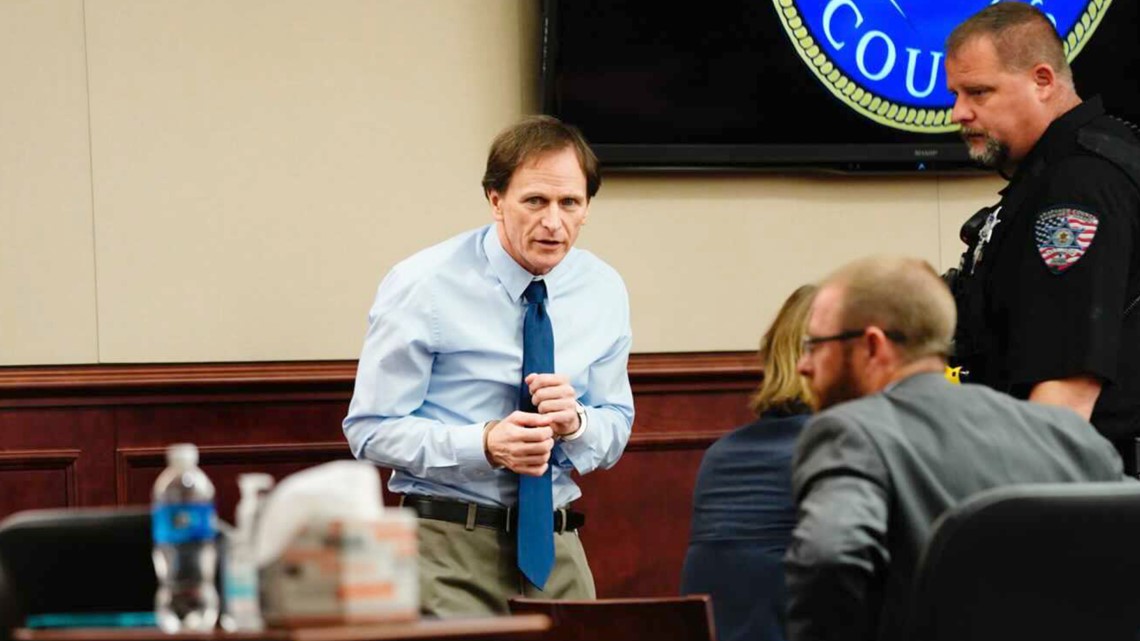
In both cases, the victims were apparently killed with hammers, although the murder weapon was not recovered in the Bennett case. Melissa Bennett and Patricia Smith were both sexually assaulted and left on the floor, nearly nude, with their legs spread apart. All of the victims died of blows to the head. And Ewing’s DNA was found at both crime scenes.
RELATED: DNA is at the heart of trial in woman's 1984 murder -- for both the prosecution and the defense
Tuesday, the prosecution rested its case. Before then, DNA dominated testimony.
Cynthia Kramer, a forensic analyst for the Colorado Bureau of Investigation, testified that DNA was extracted from semen found on Smith’s body, on the carpeting beneath it, and from a child’s blanket that covered her head. In each case, Kramer said, that DNA matched Ewing’s genetic profile.
In instance after instance, she used large numbers to explain the likelihood the DNA profiles obtained from the evidence could have come from someone other than Ewing. For instance, a test from the carpeting and another from Smith’s body found that the odds the semen was from someone other than Ewing were 1 in 230 quadrillion – that’s a 1 with 30 zeroes behind it.
Kramer also testified that a hair recovered from the scene was matched to Ewing’s DNA. She said that DNA was “63 octillion times more likely to be observed if it originated from Mr. Ewing than if it originated from an unknown, unrelated individual.”
An octillion is a one with 27 zeroes after it.
Defense attorneys have repeatedly elicited testimony about so-called “touch” or “trace” DNA – which can be left when a person handles an object or even coughs on it. Often it comes from samples so minute that it’s not possible to tell whether it came from skin or some other material.
In other testimony, Kramer acknowledged that testing found no trace DNA matched to Ewing on the murder weapon or on Smith’s clothing, which investigators believe was forcefully removed by her killer. There was also none of Ewing’s DNA found on Smith’s purse and billfold, which the killer appears to have rummaged through.

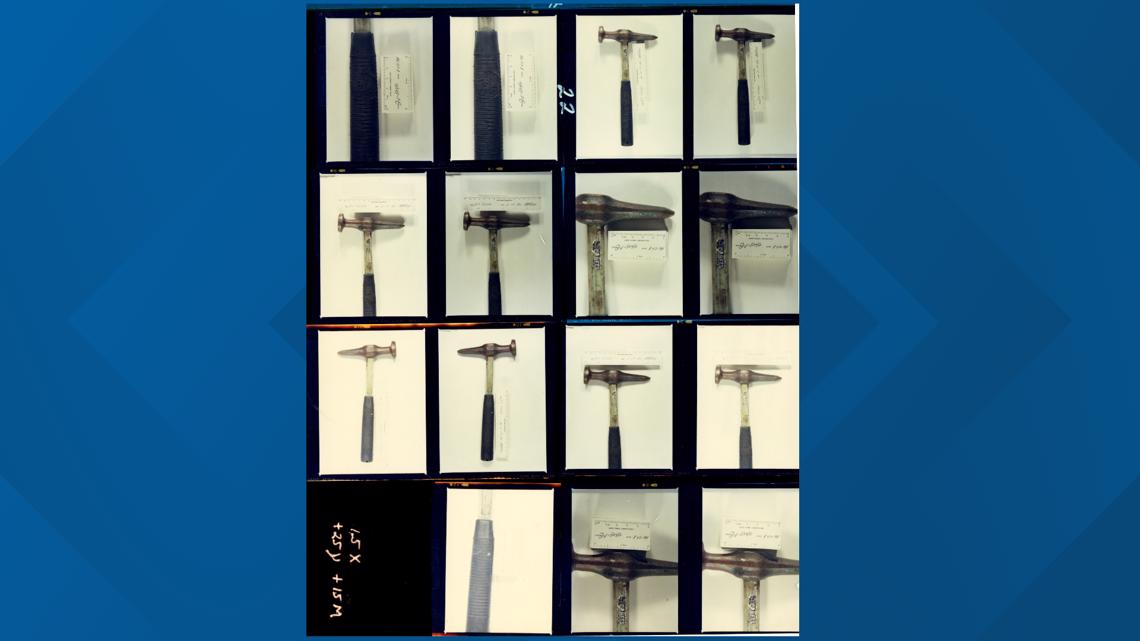
For instance, in other testimony Kramer acknowledged that Smith’s jeans had DNA on them for three people – none of them Ewing. One of the boots she was wearing had DNA from three people on it; the other had DNA from four people – none of it was matched to Ewing.
The hammer used to murder Smith had a mixture of DNA from three people on the hammer – including that from Smith and two other unidentified people. Ewing’s DNA was not found on the hammer.
Each time that issue has been raised by the defense, prosecutors have elicited testimony that a person wearing gloves would likely not leave DNA.
In addition, prosecutor Katharine Decker elicited testimony that Smith’s own DNA was not found on some of her belongings.
Contact 9Wants to Know investigator Kevin Vaughan with tips about this or any story: kevin.vaughan@9news.com or 303-871-1862.
SUGGESTED VIDEOS: Bennett family murders

